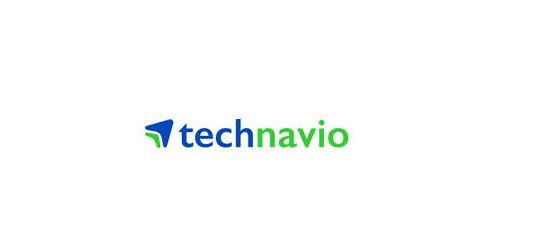Report: Installation of IoT in Pipelines Can Reduce Oil Thefts Significantly

According to a new report from Technavio, the global IoT market in pipeline management is expected to grow at a CAGR of more than 12% between 2017-2021.
Reasons for this growth include:
- Increasing oil thefts
- Growth of deepwater pipelines
- Drones for pipeline monitoring
Increasing oil thefts
Research shows there are two common scenarios: The stealing of crude oil from oil tank trucks and crude oil theft by drilling a hole into a pipeline.
“The installation of IoT in pipelines can reduce oil thefts to a large extent,” said Sushmit Chakraborty, a lead analyst at Technavio for automation research. “IoT technology can detect rupture in the pipelines and instantly monitor the cause of such ruptures. This can reduce the loss of revenue to a great extent and help in controlling the overflow of oil from the pipelines by alerting the concerned personnel to oversee the faults.”
Growth of deepwater pipelines
The natural gas pipeline market is witnessing some major advancements in technology. One of the most noteworthy trends is the rise in deepwater operations.
Corrosion is a major problem for deepwater pipelines and can often develop into a rupture or a leak that results in oil or natural gas polluting the water and disrupting the natural habitat of marine animals. The use of IoT in pipeline management can improve pipeline design to withstand underwater corrosion and ensure continuous maintenance.
Drones for pipeline monitoring
Pipeline operators are using drones to monitor their infrastructure, including identifying leaks, blockages, and uneven distribution. While the use of drones has turned out to be effective, they are still susceptible to errors by manual operators and incapable of covering a larger area.
IoT technology not only helps in pipeline monitoring but also enhances other processes such as pipeline design, route selection, and distribution and maintenance. That said, IoT technology requires a huge investment and is preferred only when owners and operators have enough funds to invest.
“The vast amount of data generated by drones in pipeline inspection and monitoring needs to be optimally recorded, stored, and analyzed for future reference,” said Chakraborty. “This is where IoT solutions enable the assimilation of vast chunks of process data under a single platform. Robotics and IoT solutions are expected to shape the future of pipeline management during the forecast period.”
Related News
Related News

- Keystone Oil Pipeline Resumes Operations After Temporary Shutdown
- Biden Administration Buys Oil for Emergency Reserve Above Target Price
- Freeport LNG Plant Runs Near Zero Consumption for Fifth Day
- Enbridge to Invest $500 Million in Pipeline Assets, Including Expansion of 850-Mile Gray Oak Pipeline
- Williams Delays Louisiana Pipeline Project Amid Dispute with Competitor Energy Transfer
- Evacuation Technologies to Reduce Methane Releases During Pigging
- Editor’s Notebook: Nord Stream’s $20 Billion Question
- Enbridge Receives Approval to Begin Service on Louisiana Venice Gas Pipeline Project
- Russian LNG Unfazed By U.S. Sanctions
- Biden Administration Buys Oil for Emergency Reserve Above Target Price




Comments